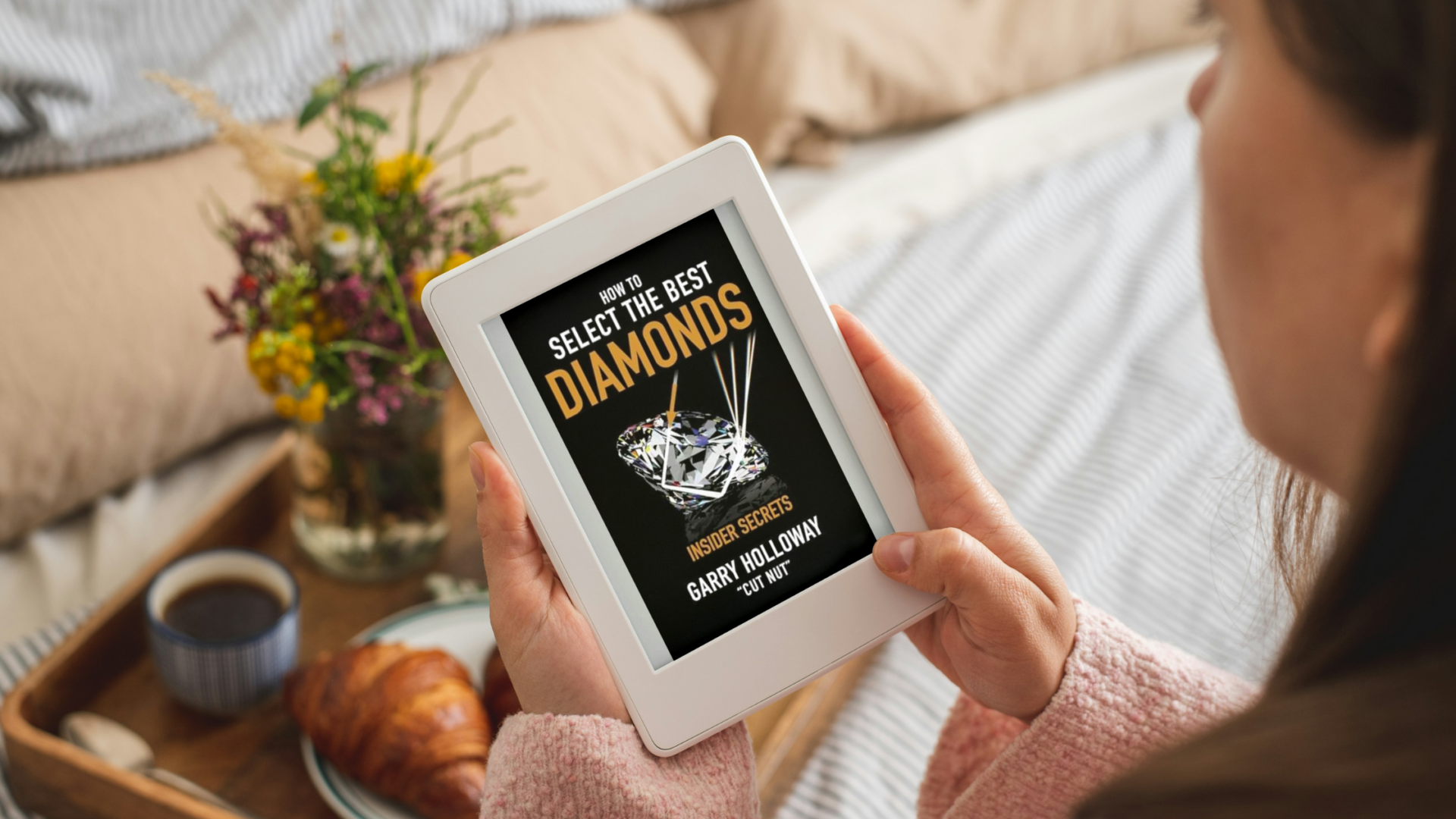InnaR
Shiny_Rock
- Joined
- May 5, 2009
- Messages
- 328
Hi.I posted in the Antique & Vintage forum first, but noticed low level of activity there recently, so if moderators don't mind i'll post here too.
I'm in the market for an antique/vintage stone. Looking for something truly exquisite (prefere smaller size for a to die for performance). Yesterday i was researching archived topics on Pricescope on Vintage Russian diamonds and found out that vintage Russian diamonds considered to be the ones of the best by Pricescopers. I'm myself of Russian origin, and i noticed a long time ago that tiny Russian diamonds of my older Russian friends sparkle like crazy. I've never seen a Russian diamond bigger than .3-.4 (don't know the reason for that).
I stumbled on a vintage Russian ring. It looks like a fire ball even from the pictures. But since I've never seen a Soviet era ring like that with a diamond as large as this one, i'm not 100% sure in authenticity of the ring. There are no lab papers.
I would appreciate any opinions on whether this ring and diamond look authentic to Soviet era?
Center diamond size is slightly larger than 1.0, It's an I color and SI-2 (eye clean) clarity. Small diamonds are .80 ctw, H color, VS1-2 clarity.
Seller states that the ring is hallmarked with the capital letter E, then next to it Soviet Star and the hammer & sickle stamp and 750 that stands for 18K gold. Ring is being sold as Vintage Russian Siberian Yakutian 1.84 CT Diamond 18K Yellow White Gold Ring, circa 1960s.


I'm in the market for an antique/vintage stone. Looking for something truly exquisite (prefere smaller size for a to die for performance). Yesterday i was researching archived topics on Pricescope on Vintage Russian diamonds and found out that vintage Russian diamonds considered to be the ones of the best by Pricescopers. I'm myself of Russian origin, and i noticed a long time ago that tiny Russian diamonds of my older Russian friends sparkle like crazy. I've never seen a Russian diamond bigger than .3-.4 (don't know the reason for that).
I stumbled on a vintage Russian ring. It looks like a fire ball even from the pictures. But since I've never seen a Soviet era ring like that with a diamond as large as this one, i'm not 100% sure in authenticity of the ring. There are no lab papers.
I would appreciate any opinions on whether this ring and diamond look authentic to Soviet era?
Center diamond size is slightly larger than 1.0, It's an I color and SI-2 (eye clean) clarity. Small diamonds are .80 ctw, H color, VS1-2 clarity.
Seller states that the ring is hallmarked with the capital letter E, then next to it Soviet Star and the hammer & sickle stamp and 750 that stands for 18K gold. Ring is being sold as Vintage Russian Siberian Yakutian 1.84 CT Diamond 18K Yellow White Gold Ring, circa 1960s.






300x240.png)